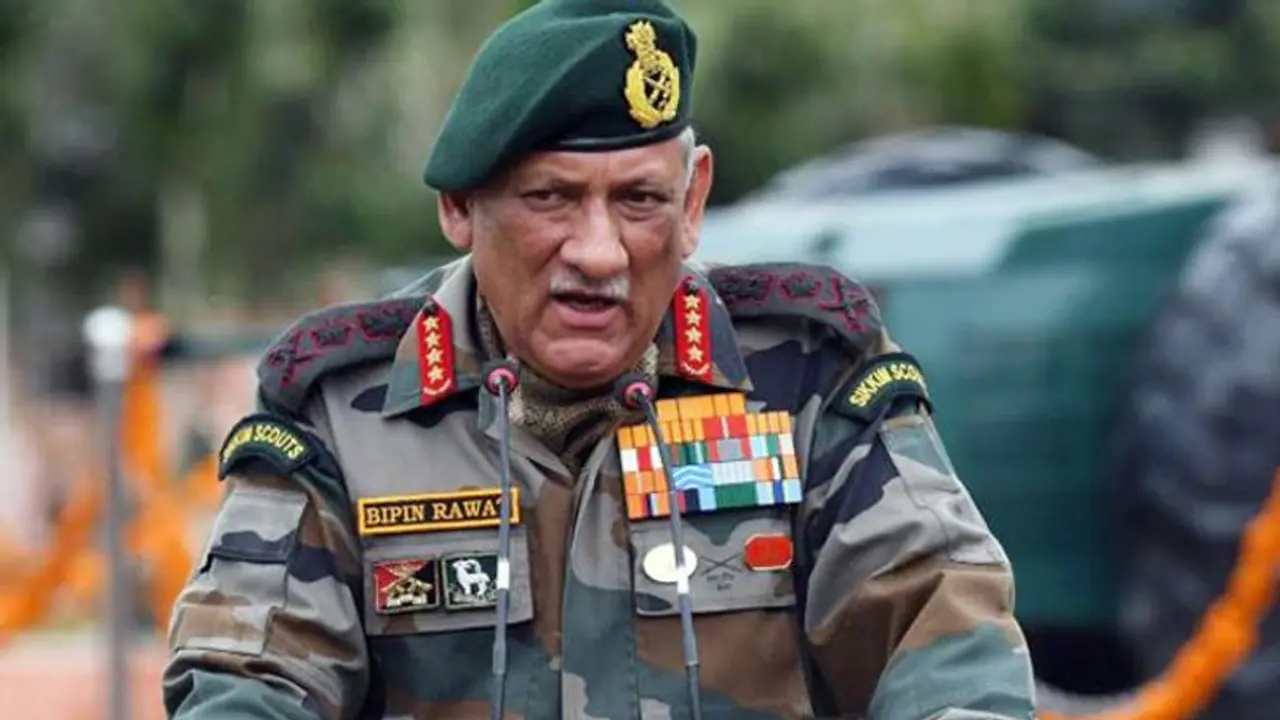"India is facing complex security and challenging environment. Some important steps that we need to take include defining the national security strategy, higher defence strategic guidance, structural reforms in higher defence and operational organisation," CDS Gen Rawat said.
In an indirect reference to Pakistan and China, Chief of Defence Staff General Bipin Rawat on Thursday said that India is facing greater challenges than any other country in the world and vouched for the need to study transformation concepts adopted in other countries carefully to cater to the spectrum of warfare.

"India is facing complex security and challenging environment. Some important steps that we need to take include defining the national security strategy, higher defence strategic guidance, structural reforms in higher defence and operational organisation," CDS Gen Rawat said.
India and China have been engaged in border standoff at multiple locations in eastern Ladakh for the last 10 months. The two forces have successfully disengaged from two locations, including north and south of Pangong Tso areas and the talks are on for three other frictions points in Depsang, Hot-Spring and Gogra.
In context to Line of Control, the Director Generals for Military Operations of two countries agreed to a ceasefire to maintain peace and tranquillity in the border areas from February 24-25. However, the military experts are of the opinion that the truce would face its biggest test over the next few months when the snow would start melting. It has now clogged the infiltration routes.
Talking about the changing warfare mechanism, he said, "The 20th century has seen profound changes in the character and nature of warfare due to information inclusivity and technological development. New tools and tactics can be employed to connect rapidly to an audience like never before."
He also called for reforms in the Indian defence sector.
"Military power as an instrument of state policy needs to transform at various levels including ground strategic i.e. political-military, strategic operation and tactical level. Main dimensions of transformation are doctrine, post structure, technology, sustenance and readiness," the CDS added.
"Organisational structure for conventional wars or limited conflicts under nuclear overrank already exists, but they need to be re-modelled, re-equipped and re-oriented to conduct joint battles in digitized battlespace to have necessary flexibility for other types of operations," Gen Rawat said.
